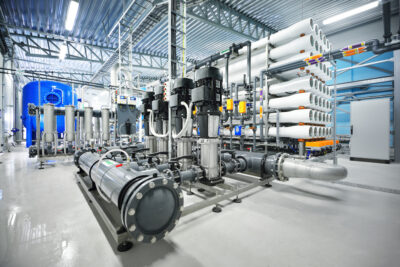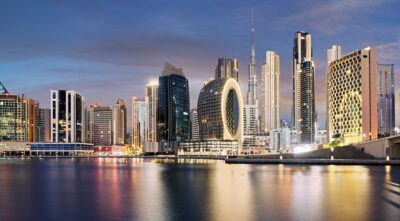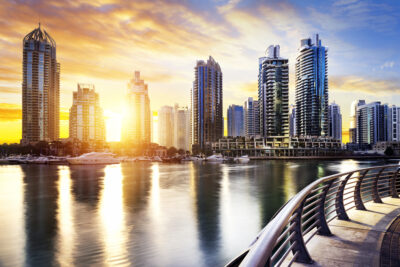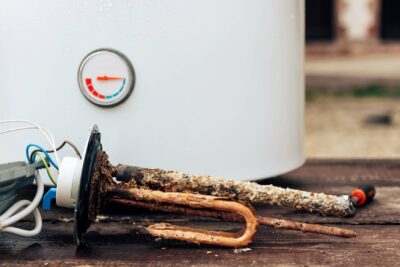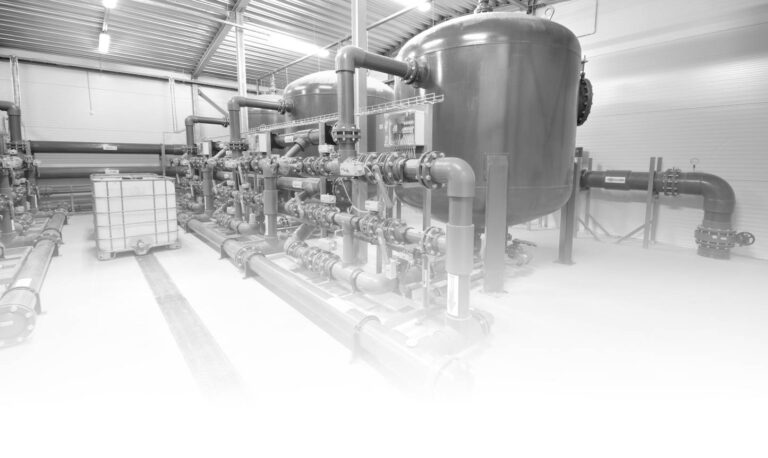Introduction to Water Softener Systems
Water softener systems are essential appliances designed to combat the problems associated with hard water. Hard water contains high levels of calcium, magnesium, and other minerals, which can cause a range of issues, from clogged pipes and reduced appliance efficiency to dry skin and dull hair. Water softeners work by removing these minerals, resulting in “soft” water that is gentler on plumbing, appliances, and the body.
In many households, especially those with water from wells or certain municipal supplies, hard water is a significant concern. The buildup of scale in pipes and on fixtures can lead to costly repairs and reduced water flow. Additionally, hard water can decrease the lifespan of water heaters, dishwashers, and other water-using appliances, leading to increased energy bills and maintenance costs.
How Water Softener Systems Work
Water softeners operate primarily through a process known as ion exchange. This process involves exchanging the calcium and magnesium ions in hard water with sodium or potassium ions, which do not contribute to water hardness.
- Ion Exchange Process: Water flows into the softener and passes through a bed of resin beads. These beads are negatively charged and are coated with sodium or potassium ions. As hard water passes over the beads, the calcium and magnesium ions are attracted to the beads and held in place, while the sodium or potassium ions are released into the water. This exchange effectively removes the hardness minerals, resulting in softened water.
- Types of Water Softeners: The most common type of water softener is the salt-based ion exchange system. However, there are also salt-free systems that use alternative methods, such as template-assisted crystallization (TAC) or chelation, to prevent scale buildup. These systems don’t remove the hardness minerals but instead prevent them from forming scale.
Components of a Water Softener System
A typical water softener system consists of several key components, each playing a crucial role in the softening process:
- Resin Tank: This tank contains the resin beads that perform the ion exchange process. As hard water flows through the tank, the beads attract and hold onto the calcium and magnesium ions, replacing them with sodium or potassium ions.
- Brine Tank: The brine tank stores a concentrated solution of salt or potassium chloride. During the regeneration process, this solution is flushed through the resin tank to recharge the resin beads with sodium or potassium ions, preparing them for another cycle of softening.
- Control Valve: The control valve regulates the flow of water through the system and initiates the regeneration process. It is often programmable, allowing users to set the timing of regeneration cycles based on water usage patterns.
Together, these components ensure that hard water is continuously softened, providing a reliable supply of soft water throughout the home.
Benefits of Using a Water Softener System
The benefits of using a water softener system extend beyond just preventing scale buildup. Here are some key advantages:
- Protecting Plumbing and Appliances: Softened water helps protect plumbing systems and water-using appliances from the damaging effects of scale buildup, extending their lifespan and reducing maintenance costs.
- Enhancing the Effectiveness of Soap and Detergents: Hard water reduces the lathering ability of soaps and detergents, making it difficult to clean clothes, dishes, and even skin effectively. Soft water improves the performance of these cleaning agents, leading to cleaner results with less soap and detergent.
- Improving Skin and Hair Health: Hard water can leave the skin feeling dry and itchy and can cause hair to become dull and lifeless. Soft water is gentler on the skin and hair, leaving them softer and healthier.
Choosing the Right Water Softener System for Your Home
Selecting the right water softener system for your home depends on several factors:
- Assessing Your Home’s Water Hardness Level: It’s essential to measure the hardness of your water using a test kit or professional testing service. The hardness level will determine the size and type of water softener needed.
- Comparing Water Softener Capacities and Features: Water softeners come in various capacities, typically measured in grains per gallon (GPG). Choose a system that can handle your household’s water usage without requiring frequent regeneration cycles. Features like programmable control valves and demand-initiated regeneration can also enhance the system’s efficiency.
- Installation Considerations and Costs: Consider the space available for installation and whether professional installation is required. While some systems are straightforward to install, others may need plumbing modifications, adding to the overall cost.
Maintenance Tips for Water Softener Systems
Proper maintenance is crucial to ensure the long-term performance of a water softener system:
- Regularly Checking Salt Levels in the Brine Tank: Keep the brine tank filled with the appropriate type of salt (or potassium chloride) to ensure effective regeneration. Check the salt levels monthly and add more as needed.
- Cleaning and Replacing Resin Beads: Over time, the resin beads can become fouled with iron, manganese, or other contaminants. Clean the resin beads periodically with a resin cleaner to restore their efficiency. In some cases, the beads may need to be replaced after several years of use.
- Troubleshooting Common Issues: If the system is not softening the water effectively, check for issues like low salt levels, clogged resin beads, or a malfunctioning control valve. Regularly inspect the system for leaks and ensure that the control valve settings are correct.
Water Softener Systems and Environmental Impact
While water softener systems offer numerous benefits, they also have environmental considerations:
- Environmental Considerations of Salt-Based Softeners: Salt-based water softeners discharge brine (a salty waste solution) into the environment, which can affect water quality and soil health. This has led to restrictions or bans on these systems in some areas.
- Eco-Friendly Alternatives: Salt-free water softeners and conditioners offer a more environmentally friendly alternative. These systems do not discharge brine and require less maintenance, making them a sustainable choice for homeowners concerned about their environmental impact.
- HydroFLOW, a groundbreaking solution from Hydropath, offers a paradigm shift in water treatment. Unlike conventional methods that rely on chemicals or physical filtration, HydroFLOW utilizes a unique signal-based approach
- Signs You Need a Water Softener System
If you’re experiencing any of the following issues, it might be time to consider installing a water softener system:
- Identifying Hard Water Symptoms in Your Home: Common signs of hard water include spots on dishes and glassware, stiff laundry, and reduced soap lather. You may also notice dry skin and hair after showering.
- Effects on Plumbing, Appliances, and Personal Care: Over time, hard water can lead to scale buildup in pipes, reducing water flow and causing appliances like water heaters and dishwashers to work less efficiently. This can result in higher energy bills and frequent repairs.
Water Softener System Alternatives
If a traditional water softener isn’t suitable for your needs, consider these alternatives:
- Magnetic and Electronic Water Conditioners: These devices use magnetic or electronic fields to alter the structure of the minerals in hard water, preventing them from forming scale. While they don’t remove the hardness minerals, they can reduce scale buildup in plumbing and appliances.
- Chemical Treatments: Chemical treatments, such as polyphosphates, can be added to the water supply to sequester hardness minerals, preventing scale formation. These treatments are often used in commercial settings or in combination with other water conditioning methods.
- Reverse Osmosis Systems: Reverse osmosis (RO) systems can effectively remove hardness minerals, along with other contaminants, from the water. While not a traditional water softener, an RO system can provide high-quality water for drinking and cooking.
- HydroFlow By Hydropath:Hydropath Technology Ltd., located in the U.K., invented a process that treats fluids by inducing a robust yet harmless signal of +/- 150kHz throughout plumbing systems made of any material. The pipe, and/or the fluid inside of it, acts as a conduit which allows the signal to propagate. The induction of the signal prevents scale and biofilm from accumulating inside plumbing systems and gradually removes existing deposits. This preventative action significantly reduces energy, chemical, water and maintenance costs which extends the service life of equipment and pipes.
- to provide continuous, system-wide protection against scale buildup and biofilm formation.
- At the heart of HydroFLOW lies a robust yet harmless 150kHz signal. This signal is introduced into your plumbing system via a specialized transducer and ferrite ring. The signal travels through both the pipes and the water within them, disrupting the natural process of scale formation.
- Traditional water treatment methods often struggle to prevent scale buildup, a common problem caused by minerals like calcium and bicarbonate combining to form hard deposits. HydroFLOW’s innovative signal technology effectively prevents these mineral clusters from forming, ensuring clean, scale-free pipes and equipment throughout your system.

